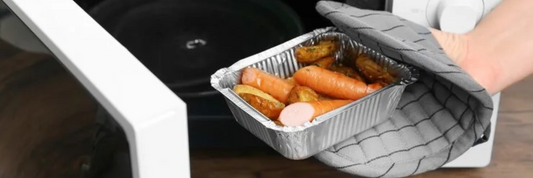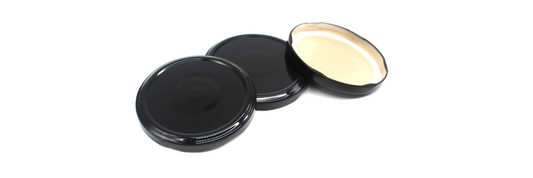Among the many types of cutting boards available, rubber cutting boards have gained popularity for their durability, hygiene, and versatility. This guide explores everything you need to know about rubber cutting boards, including their benefits, drawbacks, maintenance, and why they might be the perfect addition to your kitchen.
What is Rubber Cutting Board?
A rubber cutting board is made from high-quality rubber or synthetic rubber materials, designed specifically for kitchen use. Unlike traditional wooden or plastic boards, rubber cutting boards are non-porous, which makes them resistant to water absorption and bacterial growth. They are often used in professional kitchens for their longevity and ease of maintenance.

Benefits of Rubber Cutting Boards
Durable and Long-Lasting: Rubber cutting boards are highly durable and can withstand heavy usage without cracking, warping, or breaking. Their resilient surface allows them to handle sharp knives effectively.
Gentle on Knife Edges: One of the most significant advantages of rubber cutting boards is their soft, yet firm surface, which helps maintain the sharpness of your knives. This makes them a preferred choice for chefs who want to protect their expensive blades.
Non-Porous Surface: Rubber boards are non-porous, meaning they do not absorb liquids, odors, or bacteria. This makes them a safer and more hygienic option for food preparation.
Easy to Clean: Rubber cutting boards are easy to clean and sanitize. They can be washed with soap and water, and many models are dishwasher-safe.
Self-Healing Properties: The dense rubber material has self-healing properties, meaning knife marks are less visible, and the board remains smooth over time.
Slip-Resistant: The natural grip of rubber provides a non-slip surface, ensuring the board stays in place during use, reducing the risk of accidents.

Drawbacks of Rubber Cutting Boards
Weight: Rubber cutting boards are generally heavier than plastic or wooden boards, making them less portable.
Cost: High-quality rubber cutting boards can be more expensive than other options on the market.
Heat Sensitivity: Some rubber boards may deform when exposed to excessive heat. It’s essential to avoid placing them near hot surfaces or in high-temperature dishwashers unless specified by the manufacturer.
Rubber Cutting Boards vs. Other Types
Rubber vs. Wood
- Durability: Rubber boards are less likely to crack or warp compared to wood.
- Maintenance: Rubber boards do not require oiling or special care like wooden boards.
- Hygiene: Rubber is more resistant to bacteria due to its non-porous surface.
Rubber vs. Plastic
- Longevity: Rubber boards last longer than plastic ones, which can become brittle over time.
- Knife Protection: Rubber boards are gentler on knives compared to plastic.
- Eco-Friendliness: Rubber boards, especially those made from natural rubber, are more environmentally friendly.
How to Maintain a Rubber Cutting Board
- Clean After Each Use: Wash with warm, soapy water to remove food residues.
- Avoid Harsh Chemicals: Use mild detergents to prevent damage to the rubber.
- Dry Thoroughly: Wipe the board dry or allow it to air dry before storing to prevent any odors.
- Regular Sanitization: Periodically sanitize the board with a solution of vinegar and water or a mild bleach solution.
- Avoid High Heat: Keep the board away from hot surfaces or direct sunlight to maintain its shape.
FAQs About Rubber Cutting Boards
Are rubber cutting boards safe for food preparation?
Yes, rubber cutting boards are non-porous and resistant to bacteria, making them safe and hygienic for food preparation.
Can rubber cutting boards be used with all types of knives?
Rubber boards are suitable for most knives and are especially ideal for maintaining the sharpness of high-quality blades.
Are rubber cutting boards dishwasher-safe?
Many rubber cutting boards are dishwasher-safe, but it’s best to check the manufacturer’s instructions.
How long does a rubber cutting board last?
With proper care, a high-quality rubber cutting board can last for several years, even with regular use.
Can rubber cutting boards be used for all types of food?
Yes, they are versatile and can be used for cutting meats, vegetables, fruits, and more.
Conclusion
Rubber cutting boards are a fantastic investment for both professional chefs and home cooks. They combine durability, hygiene, and knife-friendliness, making them one of the most practical choices for food preparation. While they may come with a higher price tag and added weight, the benefits they offer far outweigh these minor drawbacks.
If you’re looking for a cutting board that stands the test of time and enhances your kitchen experience, a rubber cutting board is undoubtedly worth considering.









